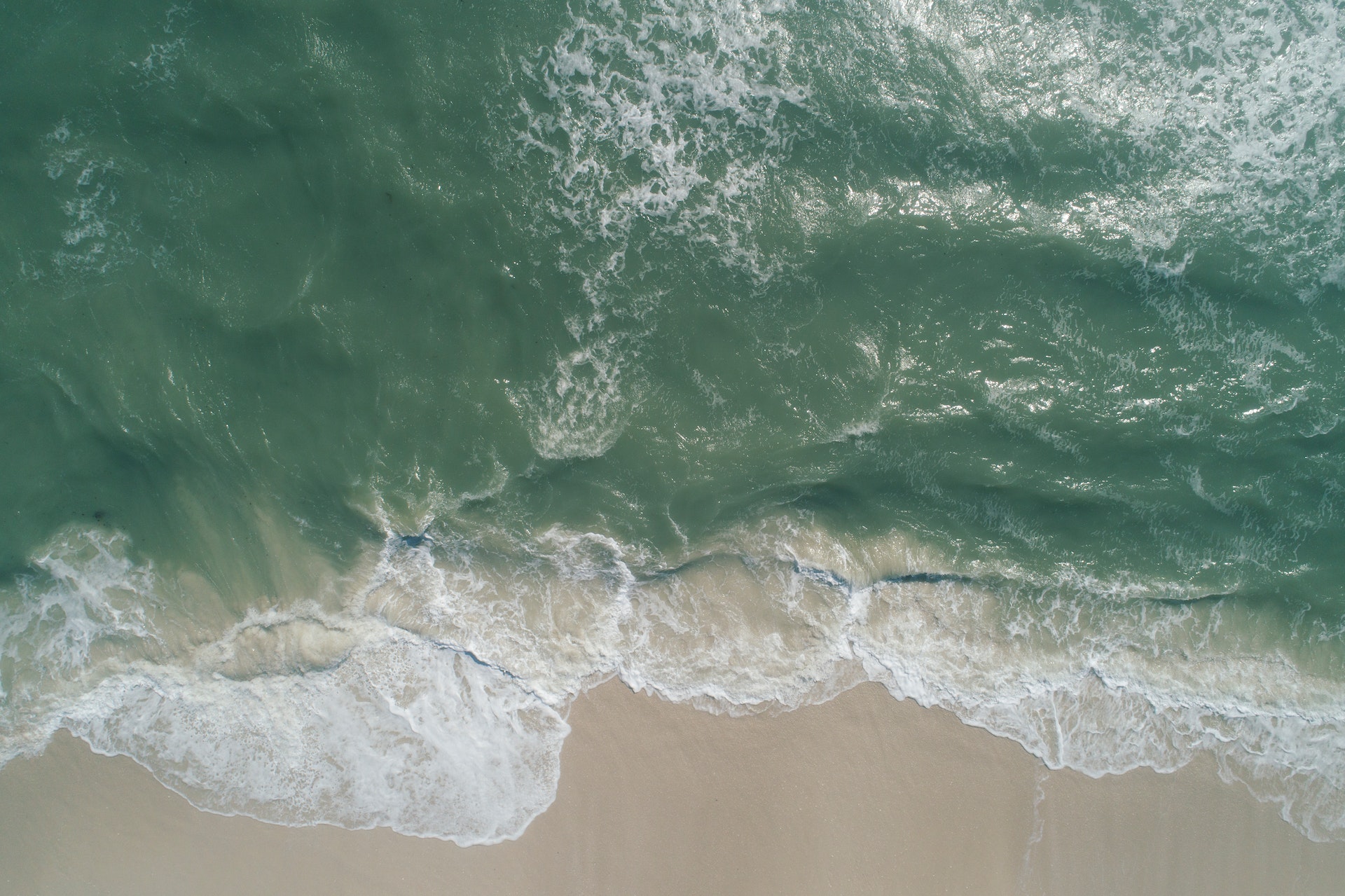Media release
From:
Oceans have changed colour over the past 20 years, a trend that may indicate alterations in surface ocean ecosystems driven by climate change, suggests a study being published in Nature this week. Reliable observations of changes to ocean ecology and biogeochemistry could be used to guide ocean conservation programmes.
Climate change is causing changes in the structure and function of marine ecosystems, an effect that is expected to increase in the future. Monitoring changes in levels of chlorophyll, the green pigment in photosynthesising phytoplankton, is a candidate for measuring ecosystem changes. However, it is thought that more than 30 years of continuous chlorophyll monitoring is needed to detect a climate-driven change.
B.B. Cael and colleagues report that notable trends in ocean colour change can be detected more rapidly using a different proxy called remote sensing reflectance, a measure of ocean colour from which inferences can be made about chlorophyll concentrations and the state of ecosystems. The measurements are made by the MODIS-Aqua satellite over a 20-year period. The authors suggest that observations of ocean colour change over this period are driven by climate change. They add that the colour change is likely a reflection of alterations to the planktonic communities – changes that could affect marine ecosystems. Given the important role of plankton in marine food chains and carbon storage, detection of changes in these ecosystems is of great utility, the authors conclude.



 International
International


